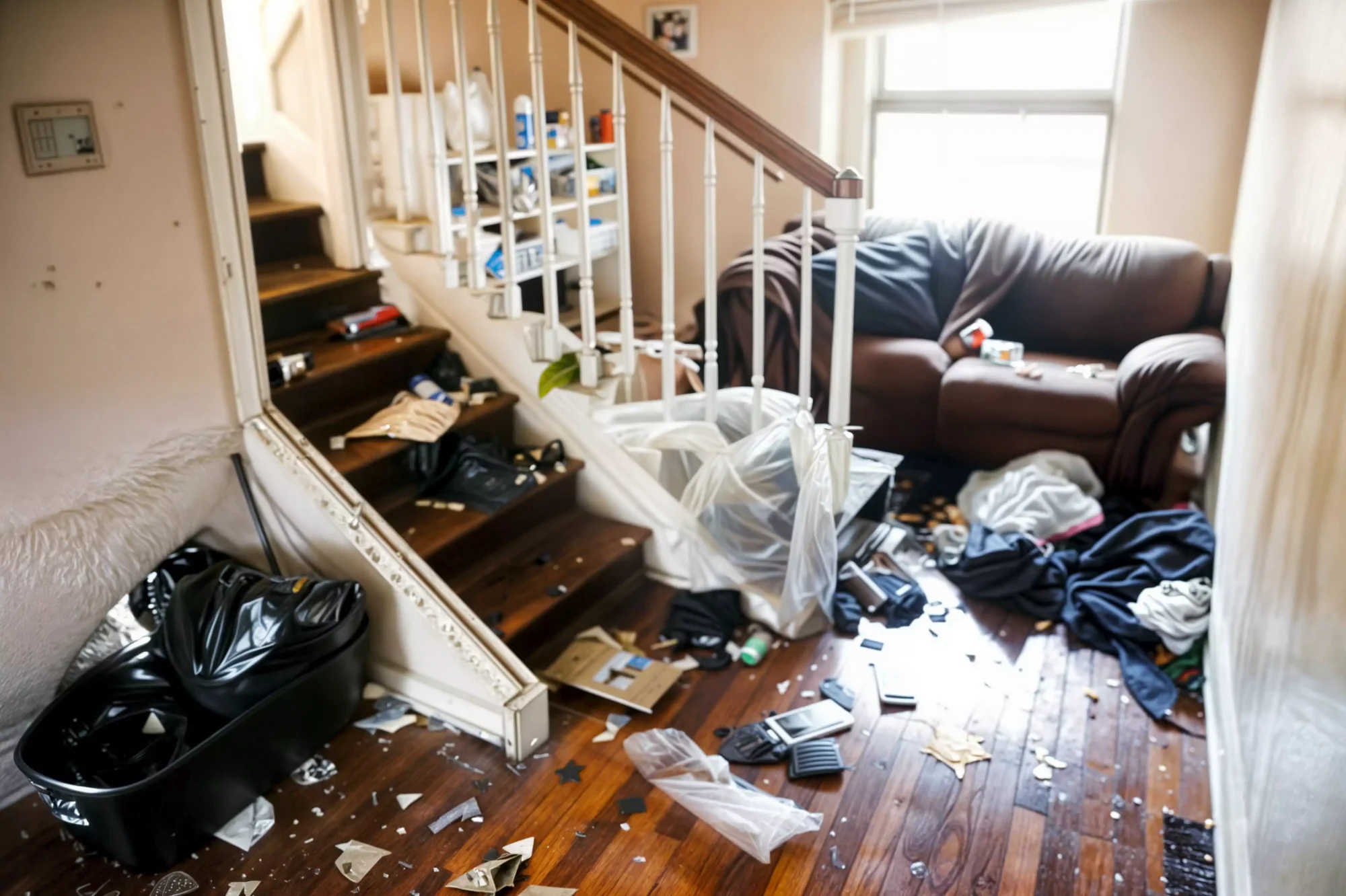Do you understand the importance of a well-crafted lease agreement? It’s your shield against the complexities of being a landlord in one of the nation’s most challenging and rapidly evolving housing markets – the San Francisco East Bay. From the bustling streets of Oakland to the quiet neighborhoods of Fremont, a solid lease is essential. However, even seasoned property owners can fall prey to subtle oversights that leave their investments exposed.
Let’s explore five common lease failures that could turn your East Bay real estate dream into a landlord’s cautionary tale.
1. Vague Pet Policies: The Creature Feature
An ambiguous pet policy is a recipe for chaos in pet-friendly cities like Oakland and Albany, where four-legged residents are as common as coffee shops. Leases must specify allowed pet types, sizes, or additional fees. This lack of clarity can lead to situations that would make even the most unflappable property investor’s eye begin to twitch.
Imagine discovering that your tenant’s “small, hypoallergenic companion” is a full-grown pot-bellied pig with a very specific taste for vintage Alameda hardwood flooring. Without a clear pet policy, you might find yourself in a predicament that no amount of recently locally-sourced bacon could solve.
A comprehensive pet policy should include:
- Specific types and breeds of animals allowed
- Weight and size limitations
- Additional pet rent or deposits
- Rules regarding pet behavior and owner responsibilities
- Consequences for violating the pet policy
Remember, in the jungle known as San Francisco Bay Area rental management, it’s better to be the wise owl than the surprised mouse.
2. Unclear subletting rules: The Hidden Hospitality Hustle

With the popularity of short-term rentals, your charming Craftsman in Oakland’s Rockridge neighborhood could become the East Bay’s newest Air BnB “Boutique Accommodation” faster than you can say “Lake Merritt View Party 2Nite!” Ambiguous subletting language might inadvertently give your tenants the green light to run a lucrative side gig – at your expense.
A robust subletting clause should address the following:
- Whether subletting is permitted at all
- The process for requesting permission to sublet
- Limitations on short-term rentals
- Tenant responsibilities during sublets
- Consequences for unauthorized subletting
Remember, what happens in Vegas stays in Vegas, but what happens in your rental property stays your responsibility – so make sure you know who’s staying there.
3. Insufficient Maintenance Responsibilities: The “NOT IT!” Game
Uncertain expectations regarding maintenance can turn simple repairs into the property management version of hot potato. If left unaddressed, a minor leak in your Fremont property today could become tomorrow’s indoor water feature to rival Lake Elizabeth.
Your lease should explicitly outline the following:
- Tenant responsibilities (changing light bulbs, basic cleaning, etc.)
- Landlord responsibilities (structural repairs, major appliances, etc.)
- Procedures for reporting and addressing maintenance issues
- Consequences for neglecting required maintenance
They say good fences make good neighbors, but good lease clauses make for even better tenants.
4. Weak Penalty Clauses: The Silent Foghorn

A lease without specific consequences for violations is like a broken fog horn – it might look impressive, but it won’t guide anyone.
Effective penalty clauses should:
- Clearly state the consequences for specific lease violations
- Include a range of penalties from warnings to eviction
- Outline the process for addressing violations
- Be legally enforceable under California law
Remember, a well-written lease agreement has robust penalty clauses to serve as a lighthouse for good behavior and a safe harbor when rules are broken.
5. Outdated or Missing Clauses: The Legal Time Trap
Bay Area rental laws evolve almost as quickly as local tech startups. Failing to update your lease accordingly is like navigating the San Francisco Bay Area with a map from the Gold Rush era – you might recognize a few landmarks, but you’re bound to get lost.
Key areas to keep updated include:
- Rent control and just cause eviction provisions (especially important in Oakland and San Leandro)
- Security deposit handling
- Privacy and entry rights
- Smoking and marijuana use policies (particularly relevant given the East Bay’s progressive stance)
- Utility responsibilities
Staying current is about more than just keeping up with the Joneses (or the Zuckerbergs). It’s about ensuring your lease remains an enforceable legal document in the ever-shifting landscape of Bay Area and California state regulations.
Our Final Thoughts
Navigating these potential pitfalls requires more than sharp business sense—it demands expertise, constant vigilance, and a willingness to adapt to the increasing tide of rental regulations.
At SLPM Property Management, we don’t just manage properties—we craft legal protection tailored to the unique needs of East Bay communities. Our leasing consultants stay on top of every legal nuance and regulatory shift from Alamo to Union City.
Our services ensure that your lease agreements are:
- Tailored to the specific needs of your property, whether it’s a Victorian in Alameda or a modern condo in Emeryville
- Compliant with all local and state laws, including city-specific ordinances
- Regularly updated to reflect legislative changes
- Comprehensive in protecting your interests
- Clear and enforceable
We transform lease vulnerabilities into professional contracts with precision. With SLPM, you can feel confident knowing your real estate investment is protected by a well-crafted and legally sound lease agreement.
Ready to close these loopholes and secure your rental property? Are you tired of playing Monopoly with actual houses and your very real money? Click here to learn how SLPM can help safeguard your investment with professional property management services. Let us navigate the legal labyrinth while you focus on enjoying the fruits of your new found time – perhaps with a stroll through Redwood Regional Park or a visit to the Chabot Space & Science Center.
After all, in the world of Oakland and East Bay property management, it’s not just about location, location, location – it’s about protection, preparation, and peace of mind. With SLPM Property Management, your rental properties become assets that work for you, not the other way around.




